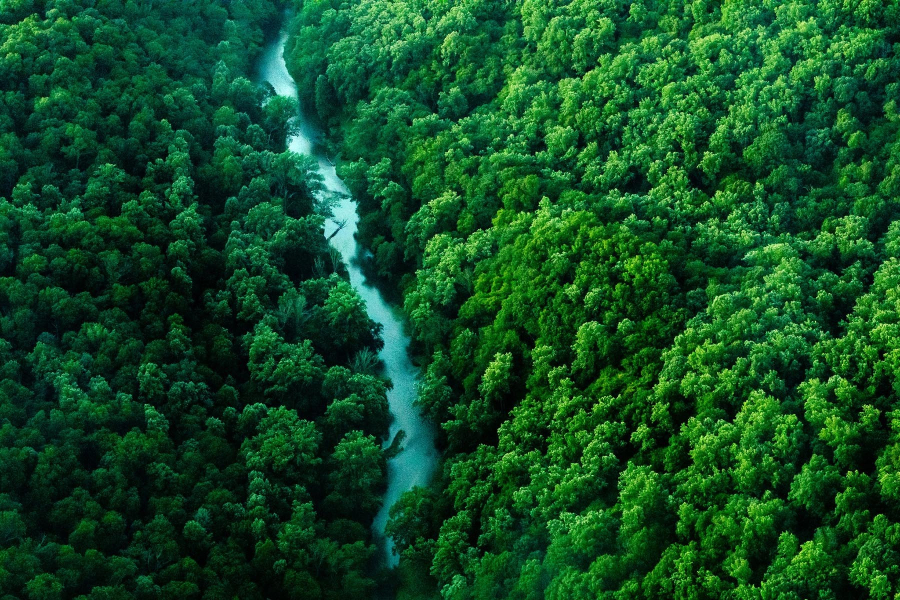Increased budget will increase restoration
Additional $12 million in Bay Program budget will be spread throughout the watershed

We are looking forward to 2020 here at the Chesapeake Bay Program, thanks in large part to a 16% increase in our fiscal year 2020 budget, passed by both houses of Congress and signed by the president the week of December 16.
Funding the Chesapeake Bay Program is as complex as the ecosystem it restores and protects. Numerous federal agencies, state and local governments, non-governmental organizations and private interests financially support the restoration effort that is laid out in the Chesapeake Bay Watershed Agreement.
But it is the Clean Water Act, Section 117, that directs the Environmental Protection Agency (EPA) to maintain a Chesapeake Bay Program Office and to coordinate many of the activities of the partnership. Through this annual Congressional appropriation, the EPA supports the scientific, analytical, communications, outreach and coordinating functions that keep the partnership running.
Additionally, over two-thirds of this funding is provided directly to state and local partners for watershed restoration, protection and monitoring. EPA funding is provided annually to states, local governments, non-governmental organizations and academic institutions through different grant programs.
Several different funding bills make up the federal budget, and appropriations for the Chesapeake Bay Program is part of the Department of the Interior, Environment and Related Agencies bill. The Chesapeake Bay Program was given $85 million for fiscal year 2020, an increase of $12 million from the previous year.
Funding for the Chesapeake Bay Program Office and its grant programs come directly out of the EPA budget. But many different organizations, including other federal agencies, receive funding for their individual Bay restoration activities. Here are some of the programs that also received funding in the fiscal year 2020 budget, portions of which will be used for Chesapeake Bay protection and restoration efforts throughout the watershed.
- Department of the Interior Land and Water Conservation Fund: $495,103,000
- Environmental Protection Agency
- Clean Water State Revolving Fund: $1,638,826
- Nonpoint Source Grants: $172,348,000
- Pollution Control Grants: $223,289,000
- National Oceanic and Atmospheric Association
- Habitat Conservation and Restoration: $57,125,000
- Regional Councils and Fisheries Commission: $40,247,000
- Bay-Watershed Education and Training (B-WET): $7,750,000
- National Park Service Chesapeake Bay Gateways and Trails Program: $3 million
- U.S. Army Corps of Engineers
- Section 510 Chesapeake Bay Environmental Restoration and Protection Program: $100 million
- Chesapeake Bay Oyster Recovery: $100 million
- Poplar Island: $17,300,000
- Aquatic Ecosystem Restoration: $10 million
- Emergency Streambank and Shoreline Protection: $8 million
- U.S. Department of Agriculture
- Forest Stewardship: $21 million
- National Resource Conservation Service: $829,628,000
- U.S. Fish and Wildlife Service
- Cooperative Landscape Conservation: $12,500,000
- Habitat Conservation – Coastal Program: $13,375,000
- U.S. Geological Survey Ecosystem Science and Monitoring for the Chesapeake Bay: $14,850,000
Visit ChesapeakeProgress to learn more about the Chesapeake Bay Program budget.

Comments
There are no comments.
Thank you!
Your comment has been received. Before it can be published, the comment will be reviewed by our team to ensure it adheres with our rules of engagement.
Back to recent stories